Stanford University researchers have made a significant breakthrough in augmented reality (AR) technology by developing a prototype headset that projects full-color, 3D moving visuals directly onto the actual world using seemingly regular glasses. This breakthrough of 3D augmented reality in glasses addresses the restrictions of conventional large headsets and terrible visual experiences, opening the path for AR glasses that are easy to wear all day.
“Our headset appears just like everyday glasses,” explains Gordon Wetzstein, an expert in spatial computing who led the research team. “But the wearer sees a vibrant world overlaid with 3D computed imagery.” This technology, detailed in a recent Nature paper, from gaming and entertainment to education and professional training has the potential to revolutionize various fields.
Limitations of Current 3D Augmented Reality in Glasses
Unlike bulky headsets that dominate the current AR market, this new design prioritizes a sleek and user-friendly experience. “Our headset appears just like an ordinary pair of glasses from the outside,” explains Gordon Wetzstein, a key researcher on the project. “But what the wearer sees through the lenses is an enriched world overlaid with vibrant, 3D computer-generated imagery.”
This discovery has the potential to transform various sectors, including gaming, education, and even surgery. Overlaying 3D information directly in the natural environment can dramatically improve understanding and performance.
Related! zSpace Revolutionizing AR and VR in Education
Existing AR systems frequently have large designs and poor 3D images, which can create tiredness or nausea. The Stanford team addressed these issues by integrating advanced AI-powered holographic imaging with innovative nanophotonic devices.
Traditional AR vs. Modern Augmented Reality
Traditional AR systems use complicated optics that hide the user’s vision of the outside environment. Cameras record images of the surroundings, which are then mixed with computer-generated elements before being projected to the user’s eyes. “It’s more like augmented virtual reality,” says Gun-Yeal Lee, another co-author. “These bulky systems limit realism and comfort.”
The researchers utilized holography, a Nobel Prize-winning technology, to create a more life-like 3D experience. However, classical holography needs to improve to provide an accurate sense of depth, resulting in a poor user experience. The Stanford researchers addressed this by applying artificial intelligence to enhance depth perception in holographic images.
Also! Will Apple Vision Pro Reshape E-Learning?
Using advances in nanophotonics and waveguide display technology, the team was able to cast computed holograms directly onto the glasses’ lenses, eliminating the need for bulky extra optics. The lens surface has been polished with microscopic patterns to form a waveguide. Small holographic displays then project images through these patterns, bouncing light within the lens before it reaches the user’s eye. This lets the user see the natural world and 3D graphics at the same time.
Life-like 3D for a Better User Experience
The 3D Augmented Reality in Glasses is improved by combining stereoscopy (each eye sees a slightly different image) and holography. “This creates life-like 3D image quality,” explains Brian Chao, another co-author. The improved holographic imaging and waveguide displays minimize the fatigue associated with previous AR technology. “Holography has always promised the ultimate 3D experience,” explains Wetzstein. “These glasses might finally be the killer app that holography has been waiting for.” This discovery might welcome a new era of pleasant and immersive augmented reality experiences.



